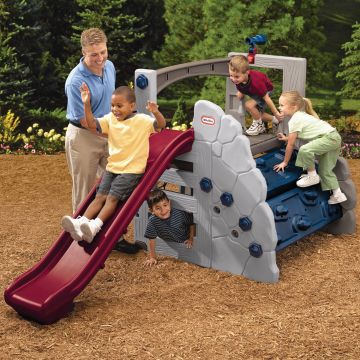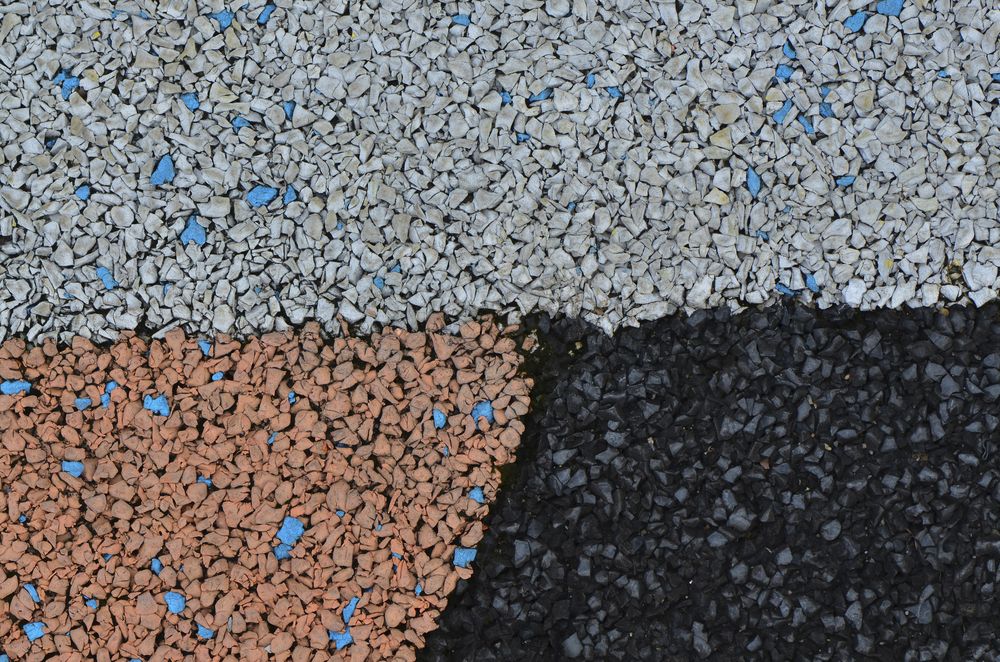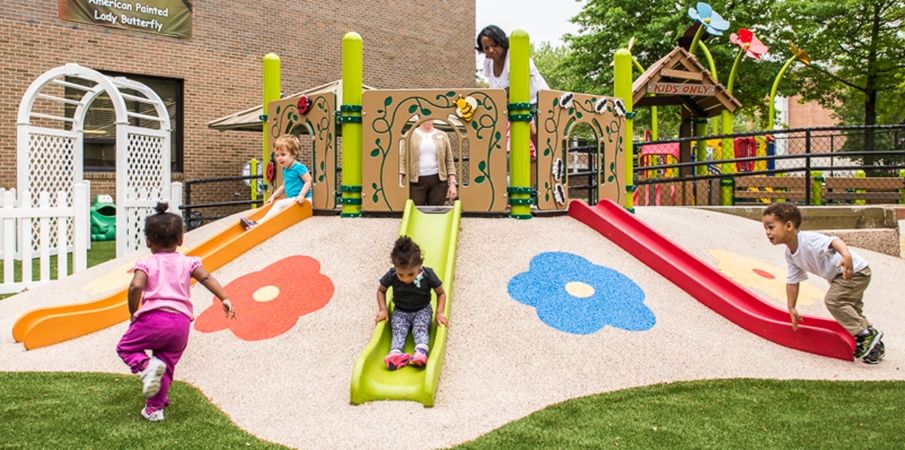HOW TO KEEP KIDS SAFE ON OUTDOOR PLAYGROUND EQUIPMENT AND ACTIVITIES
Children love to PLAY! Play is fun and also enhances muscle development, sensory stimulation, social interaction, communication and self-help skills. But … are children safe during playtime? Where do children spend the most time?
A good percentage of young children are spending time at child care programs, preschools and elementary schools. Because of strict safety standards, schools and child care programs are typically considered very safe environments for our children. But, safety standards vary state to state, accidents continue to happen and kids still suffer injuries from falls, playground equipment, sports and violence.
According to the National Center for Injury Prevention and Control, each year in the United States, 200,000 preschool and elementary school children visit emergency departments for care of injuries sustained on playground equipment and falls. That’s about 1 injury every 2-1/2 minutes.
How are children injured?
- Many injuries occur from lack of supervision.
- Some of the injuries are the result of inadequate surface cushioning and children get hurt by falling or jumping from playground equipment onto hard surfaces.
- Poor design and lack of maintenance are other causes.
W hat equipment is most often involved in accidents?
hat equipment is most often involved in accidents?
Swings ... Climbers ... Slides
This doesn’t mean we can’t include this equipment in our playgrounds, but that we should take precautions to make sure that the equipment is maintained safely and that children play safe.
What kinds of injuries would likely be seen on the playground? The four most common playground injuries are:
- Cuts
- Sprains and Strains
- Internal Injuries
- Bruises and Scrapes.
But, injuries can be much more serious and even result in death. About 35% of all playground-related injuries are severe! For example: fractures, internal injuries, concussions, dislocations, strangulations, amputations and crushes.
According to the Consumer Product Safety Commission (CPSC), 15 or more children die each year from playground related injuries. More than half of these deaths result from strangulation and about one-third result from falls.
What does it take to make a playground safe?
The National Program for Playground Safety has been preaching injury prevention and puts its faith in a catchy acronym:
S.A.F.E.
Supervision
Age appropriate design
Fall surface cushioning
Equipment Safety
 Make sure surfaces around playground equipment have at least 12 inches of wood chips, mulch, sand, or pea gravel, or are mats made of safety-tested rubber or rubber-like materials.
Make sure surfaces around playground equipment have at least 12 inches of wood chips, mulch, sand, or pea gravel, or are mats made of safety-tested rubber or rubber-like materials.
Check that protective surfacing extends at least 6 feet in all directions from play equipment. For swings, be sure surfacing extends, in back and front, twice the height of the suspending bar.
- Make sure play structures more than 30 in. high are spaced at least 9 ft. apart.
- Check for dangerous hardware, like open S hooks or protruding bolt ends.
- Make sure spaces that could trap children, such as openings in guardrails or between ladder rungs, measure less than 3.5 inches or more than 9 inches.
- Check for sharp points or edges in equipment.
- Look out for tripping hazards, like exposed concrete footings, tree stumps, and rocks.
- Make sure elevated surfaces, like platforms and ramps, have guardrails to prevent falls.
- Check playgrounds regularly to see that equipment and surfacing are in good condition.
- Carefully supervise children on playgrounds to make sure they're safe.
Playground Safety – Things to consider
- Is the play area reachable by a safe route and method?
- Does the play area promote active play, physical development and coordination?
- Is the play area age-appropriate and safely secured?
- How will I protect the children from dangers?
- How many helpers will I need to properly supervise the playground?
- How should I design, arrange, construct & maintain a safe playground?
- What kind of ground cover is appropriate for the playground?
- What happens if a child is injured while at play?
- What kind of training do my employees need?
For more information, try our online child care classes:
